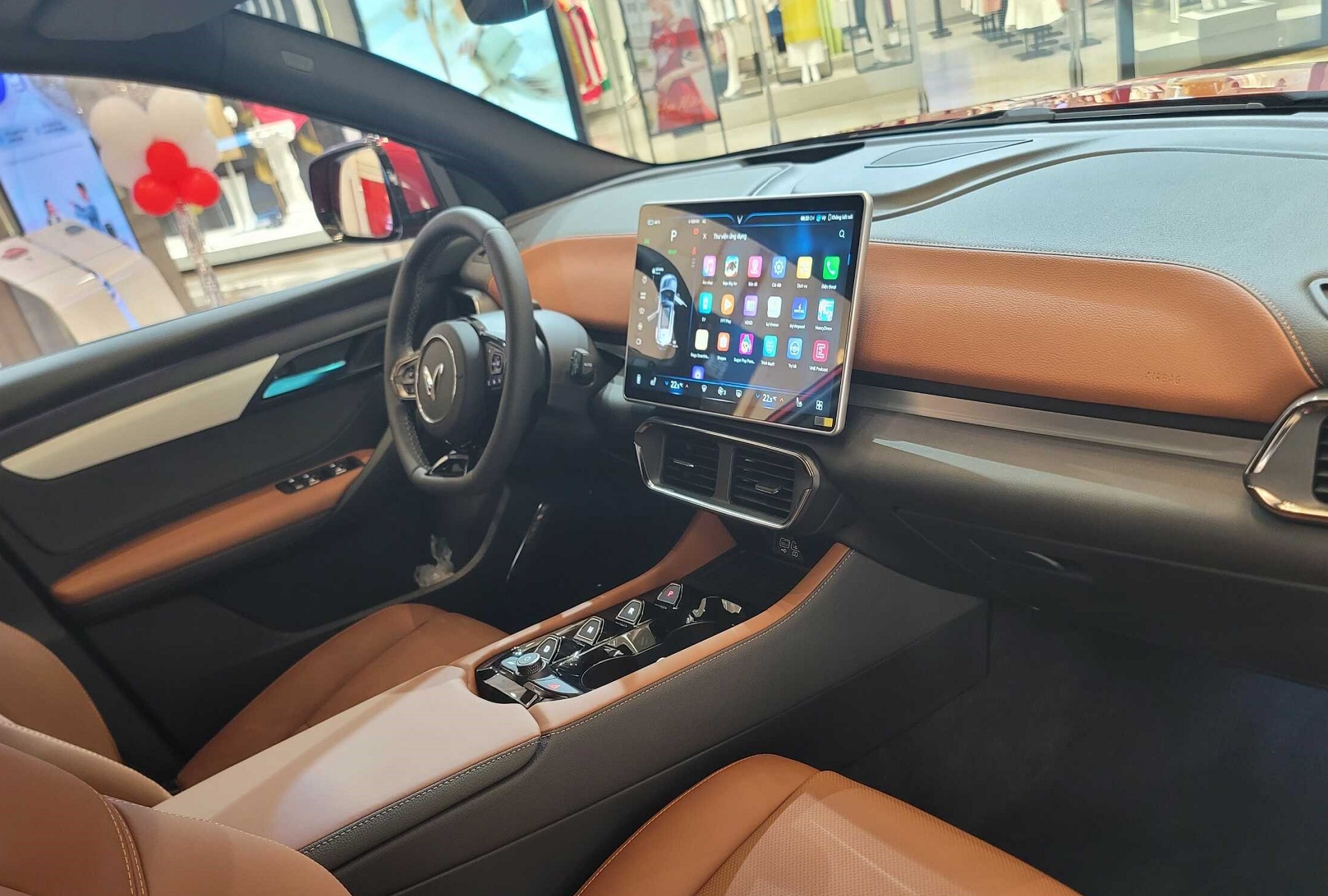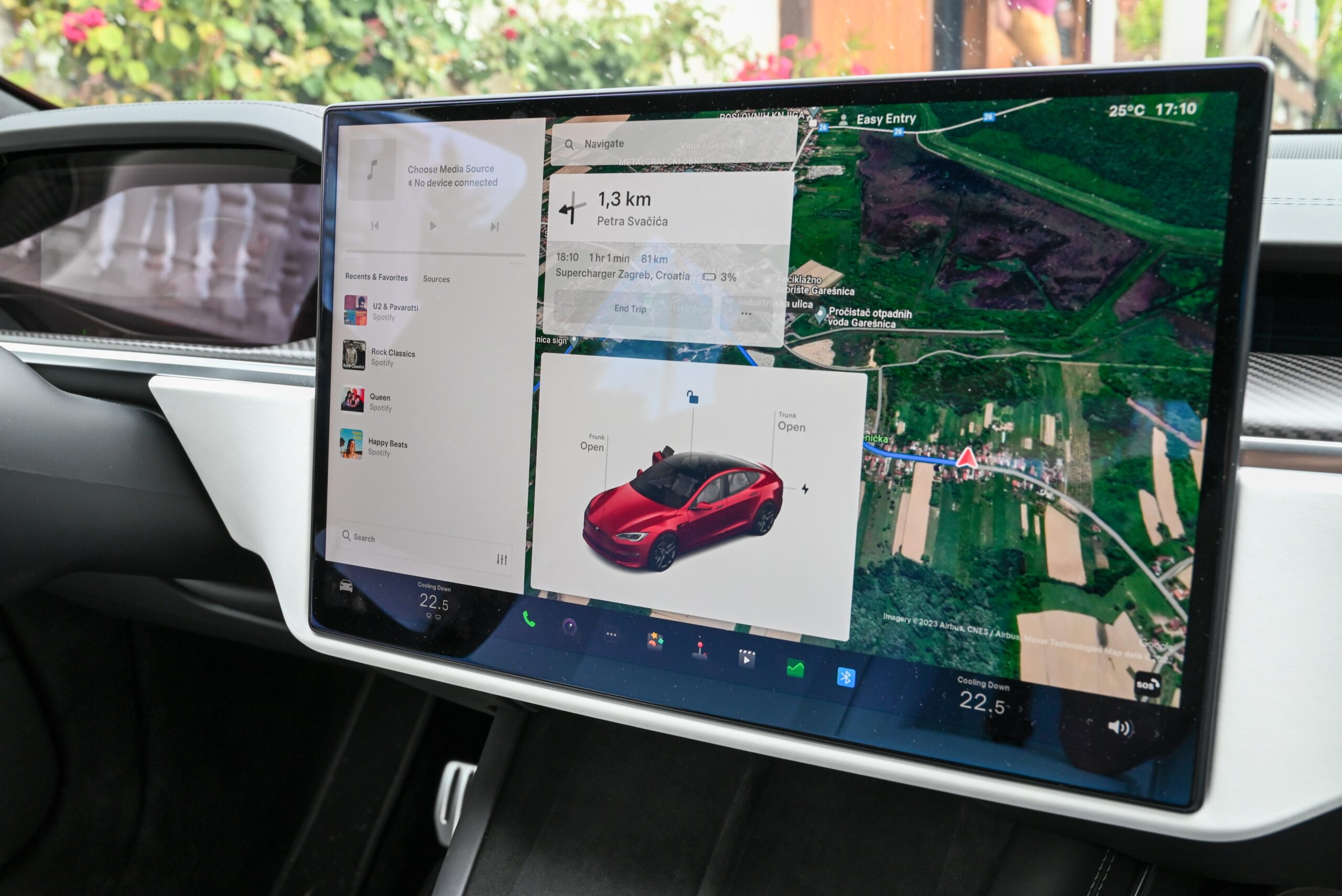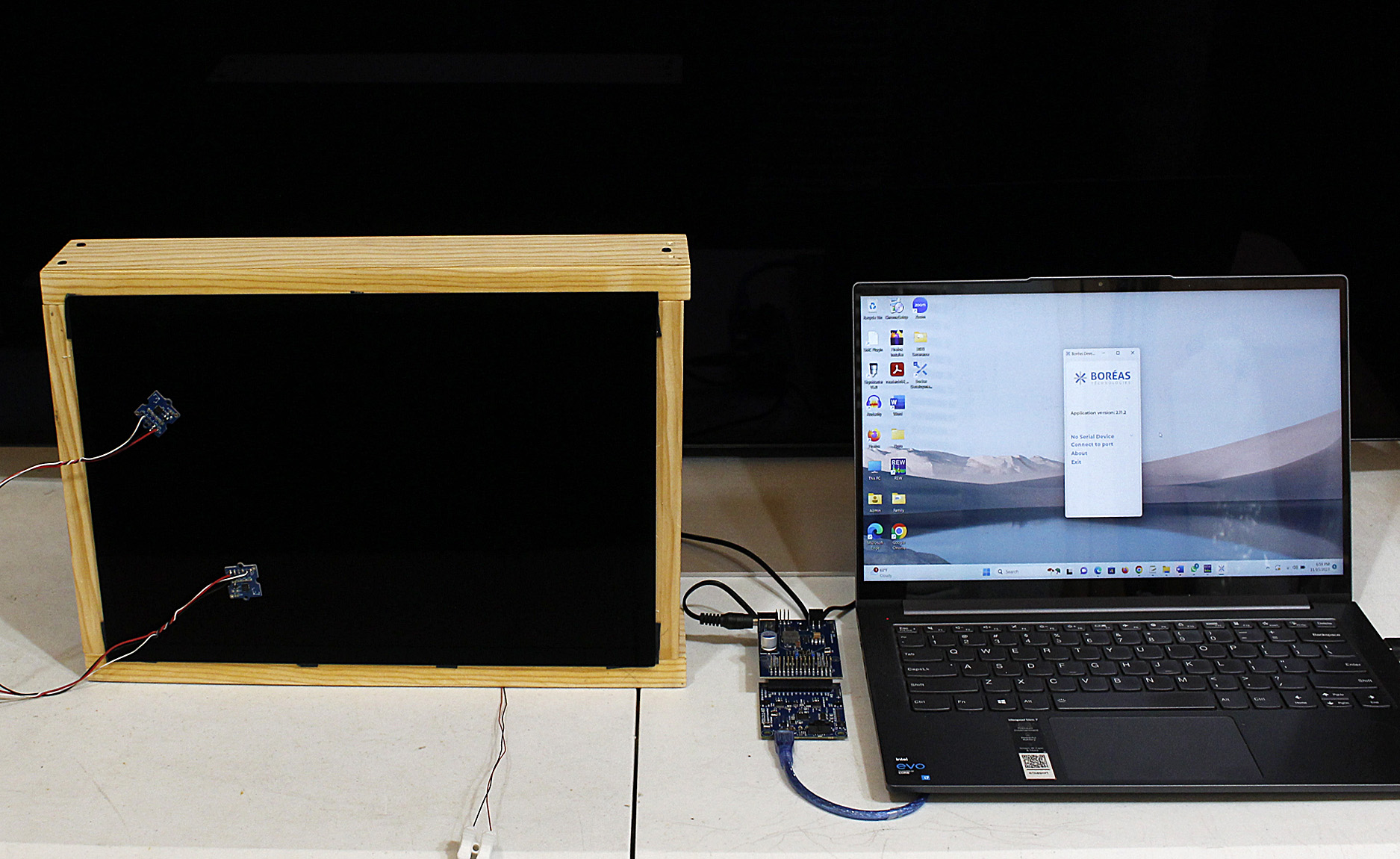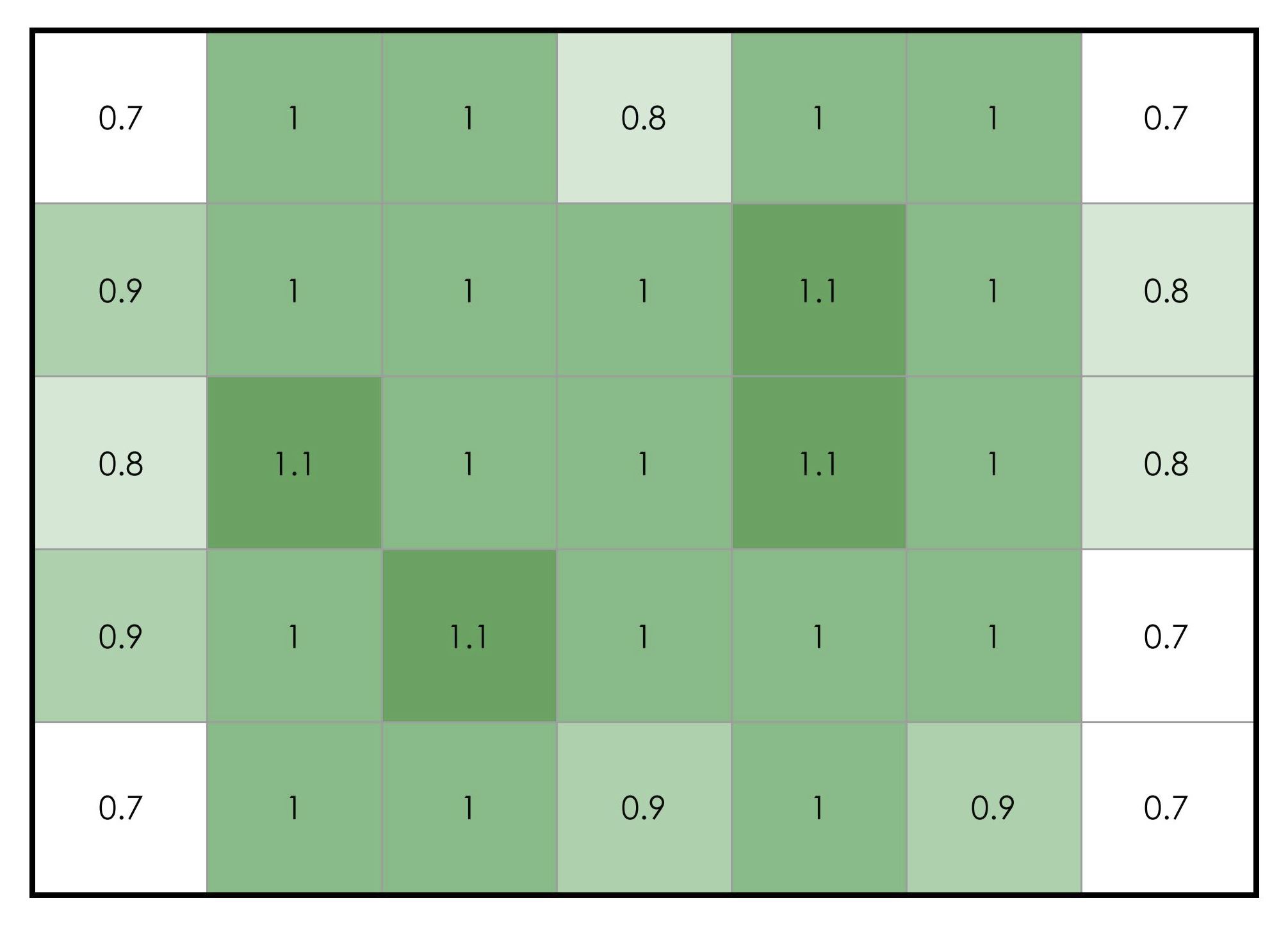Automotive - Haptic
Piezo haptic engines for center console touchscreens

Opportunities
Improved user experience
The automotive haptic market is rapidly expanding due to the increasing complexity of vehicles and the widespread use of reconfigurable digital displays. The global haptic technology market is expected to reach $5 billion by 2028, from $2.6 billion in 2021.
Haptic feedback enhances the user experience, making touchscreens more intuitive and reducing distractions. It also improves safety by alerting drivers to critical information through vibrations.
solution
Piezo haptic engines
With its incredibly slim design, Dragonfly™ can seamlessly affix to the rear of the center console touchscreen, offering haptic feedback to the screen. This solution boasts several key advantages:
- Robust Haptic Feedback: Through our rigorous testing, we’ve established that a single Dragonfly™ unit is capable of delivering powerful haptic feedback across an entire touchscreen measuring 14 inches and weighing over 2 pounds.
- Customized Haptic Feedback: Tailoring the number and placement of Dragonfly™ units allows for customized haptic uniformity, ensuring precise feedback alignment for specific applications.
- Seamless Integration: The integration of Dragonfly™ is effortless, as it securely attaches to the touchscreen using automotive-grade double-sided tape, eliminating the need for additional support structures.

Demo
Car center console touch screen
For demonstration purposes, a Dragonfly™ has been affixed to the rear side of a 12″ OLED touch display, creating a flat panel speaker with a thickness of approximately 3mm. The display is securely mounted on a wooden frame using double-sided tape along its perimeter, simulating the setup found in modern cars. The Dragonfly™ was driven by the BOS1211 IC DEV kit from Boreas designed for automotive applications. A sine wave signal served as the input. Two MEMS accelerometers captured the acceleration on the touch screen surface.


Result
Powerful haptic feedback
The results indicate that the acceleration reaches its peak at approximately 115 Hz. It’s important to note that this peak frequency can be adjusted according to performance requirements, such as the operating frequency. The acceleration shows a linear increase with the applied voltage, as anticipated. Remarkably, the Dragonfly exhibits the ability to generate a very high level of acceleration on the display, even at low frequencies (<150 Hz). Considering that the BOS1211 driver can provide up to around 80V, there is ample room for increasing the G level if desired.

Uniform haptic distribution
While employing just one Dragonfly™, it demonstrated the ability to produce uniform haptic feedback across the entire touch screen. The haptic feedback at the corners exhibited only a 30% decrease compared to the central area.
These results highlight the Dragonfly™’s potential as a promising solution for integrating haptic capability into a car’s center console touch screen, given its formidable output force, slender form factor (<3mm), high reliability, and super quiet operation.

Dragonfly™ in this setup is capable of generating both haptic feedback and sounds at the same time.
Other Applications
Unlock the potential
Being thin, lightweight, and efficient, Dragonfly™ offers distinct advantages that pave the way for a multitude of potential applications. It provides hardware designers with an exceptional opportunity to create innovative audio solutions that were previously beyond reach.


